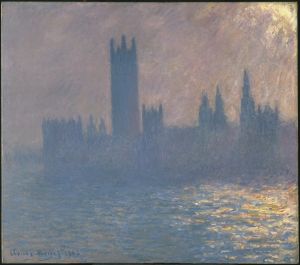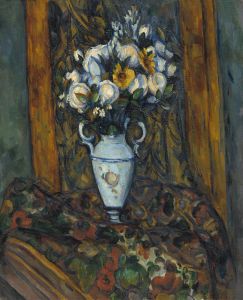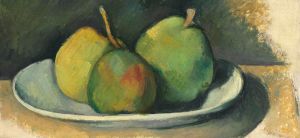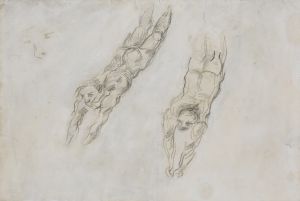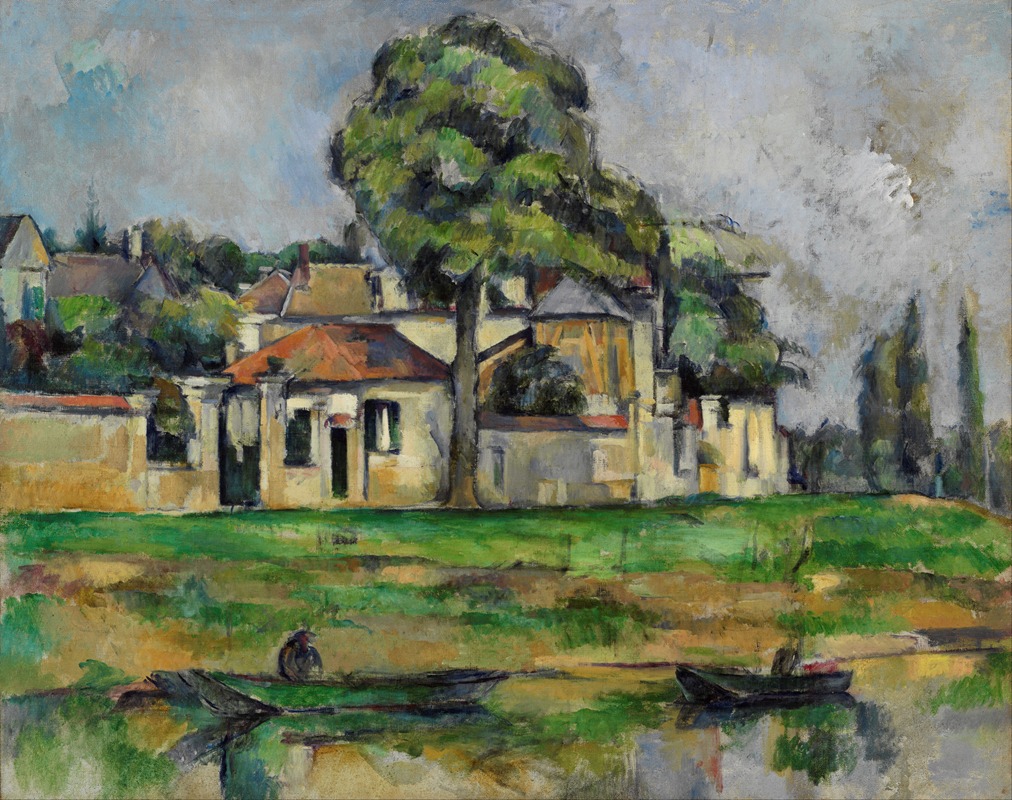
Banks of the Marne
A hand-painted replica of Paul Cézanne’s masterpiece Banks of the Marne, meticulously crafted by professional artists to capture the true essence of the original. Each piece is created with museum-quality canvas and rare mineral pigments, carefully painted by experienced artists with delicate brushstrokes and rich, layered colors to perfectly recreate the texture of the original artwork. Unlike machine-printed reproductions, this hand-painted version brings the painting to life, infused with the artist’s emotions and skill in every stroke. Whether for personal collection or home decoration, it instantly elevates the artistic atmosphere of any space.
"Banks of the Marne" is a painting by the renowned French artist Paul Cézanne, who is often credited with laying the foundations for the transition from 19th-century Impressionism to 20th-century Cubism. Cézanne's work is characterized by his innovative approach to form, color, and composition, which has had a profound influence on the development of modern art.
The painting "Banks of the Marne" is one of Cézanne's landscape works, a genre he frequently explored throughout his career. Although specific details about the creation of this particular painting are limited, it is consistent with Cézanne's broader body of work, which often depicted the natural landscapes of France. The Marne River, located in the northeastern part of France, is a tributary of the Seine and flows through a region known for its picturesque scenery. This setting provided Cézanne with ample inspiration for his exploration of nature and its forms.
Cézanne's landscapes are noted for their structural composition and use of color to convey depth and form. In "Banks of the Marne," as in many of his works, Cézanne likely employed his distinctive brushwork and palette to capture the essence of the landscape. His technique often involved building up layers of paint to create a sense of solidity and volume, a method that diverged from the more fluid and spontaneous brushstrokes of the Impressionists.
Cézanne's approach to painting was methodical and deliberate. He often worked slowly, revisiting the same subject multiple times to explore different perspectives and compositions. This dedication to capturing the underlying structure of his subjects is evident in "Banks of the Marne," where the interplay of light, shadow, and form would have been carefully considered to achieve a harmonious balance.
Throughout his career, Cézanne was interested in the relationship between natural forms and geometric shapes. This interest is reflected in his landscapes, where he often simplified natural elements into basic geometric forms, such as cylinders, spheres, and cones. This abstraction of form was a significant departure from the more literal representations of nature seen in earlier landscape painting and was a precursor to the Cubist movement.
Cézanne's influence on modern art cannot be overstated. His innovative techniques and ideas about form and color paved the way for future artists, including Pablo Picasso and Georges Braque, who would further develop the ideas initiated by Cézanne into the Cubist movement. "Banks of the Marne," like many of Cézanne's works, exemplifies his groundbreaking approach to painting and his enduring legacy in the art world.
While specific details about the provenance or current location of "Banks of the Marne" are not readily available, the painting remains an important part of Cézanne's oeuvre, illustrating his mastery of landscape painting and his contribution to the evolution of modern art.





